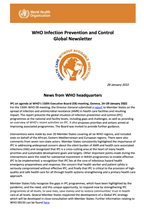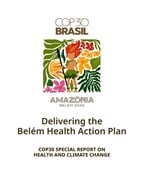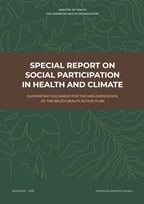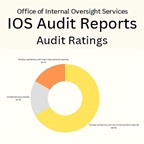
Assessed contributions
Assessed contributions (AC) are the amounts each of the 196 Members and Associate Members must pay to WHO on an annual basis. The assessment scale is calculated by the United Nations based mainly on the country’s GDP and is adjusted for WHO’s membership. It is approved every two years by the World Health Assembly (refer to the latest approved assessment scale resolution attached here).
Assessed contributions are a key source of financing for the Organization, providing predictable financing, helping to minimize the dependence on a narrow donor base, and allowing resources to be aligned to the Programme Budget. Assessed contributions have declined as an overall percentage of the Programme Budget and have, for several years, accounted for less than 20% of the Organization’s financing. The balance is mobilized through voluntary contributions.
Other documents
All →Assessed contributions payable summary 2026-2027 Assessed contributions payable summary 2026-2027
Scale of assessments for 2026/2027 Scale of assessments for 2026/2027
Assessed contributions overview for all Member States as at 31 December 2024 Assessed contributions overview for all Member States as at 31 December 2024
Scale of assessments for 2024/2025 (EB152.R3) Scale of assessments for 2024/2025 (EB152.R3)
Assessed contributions payable summary 2024-2025 Assessed contributions payable summary 2024-2025
Notice of Assessments and Statements of Account
All →Click the All button to search for the latest Notice of Assessment and Individual Statements of Account by Member State and by year. Notice of assessments are available for each biennium, please select 2020 as dropdown filter.
/environment-climate-change-and-health-(ech)/climate-change-and-health-(cch)/cop30-daily-highlights-thumb.tmb-144v.jpg?sfvrsn=d76c00c4_1)
15 November - COP30 Health Highlights
The COP30 Health Pavilion (Blue Zone, Belém), hosted by WHO in collaboration with Wellcome and the health community, will once again offer...

Kangaroo mother care: a clinical practice guide
This guide is designed to help health workers support mothers and families in practising Kangaroo Mother Care (KMC) in health facilities at all levels...

WHO IPC - Global Newsletter N°56
The Infection Prevention and Control (IPC) Hub & Task Force Unit at WHO headquarters issues a monthly newsletter to update and inform subscribers on...

COP30 Special Report on Climate and Health
This COP30 Special Report on Health and Climate Change forms part of the Belém Health Action Plan’s (BHAP) launch at COP30, with a focus on...

COP30 Special Report on Social Participation in Health and Climate
The Special Report on Social Participation in Health and Climate highlights that addressing climate change is a commitment to life, with health at the...
/environment-climate-change-and-health-(ech)/climate-change-and-health-(cch)/cop30-daily-highlights-thumb.tmb-144v.jpg?sfvrsn=d76c00c4_1)
14 November - COP30 Health Highlights
The COP30 Health Pavilion (Blue Zone, Belém), hosted by WHO in collaboration with Wellcome and the health community, will once again offer...
/environment-climate-change-and-health-(ech)/climate-change-and-health-(cch)/cop30-daily-highlights-thumb.tmb-144v.jpg?sfvrsn=d76c00c4_1)
13 November - COP30 Health Highlights
The COP30 Health Pavilion (Blue Zone, Belém), hosted by WHO in collaboration with Wellcome and the health community, will once again offer...

List of internal audit reports 2025
At the conclusion of each audit assignment, the auditors prepare a detailed report and make recommendations to Management designed to help manage risk,...




